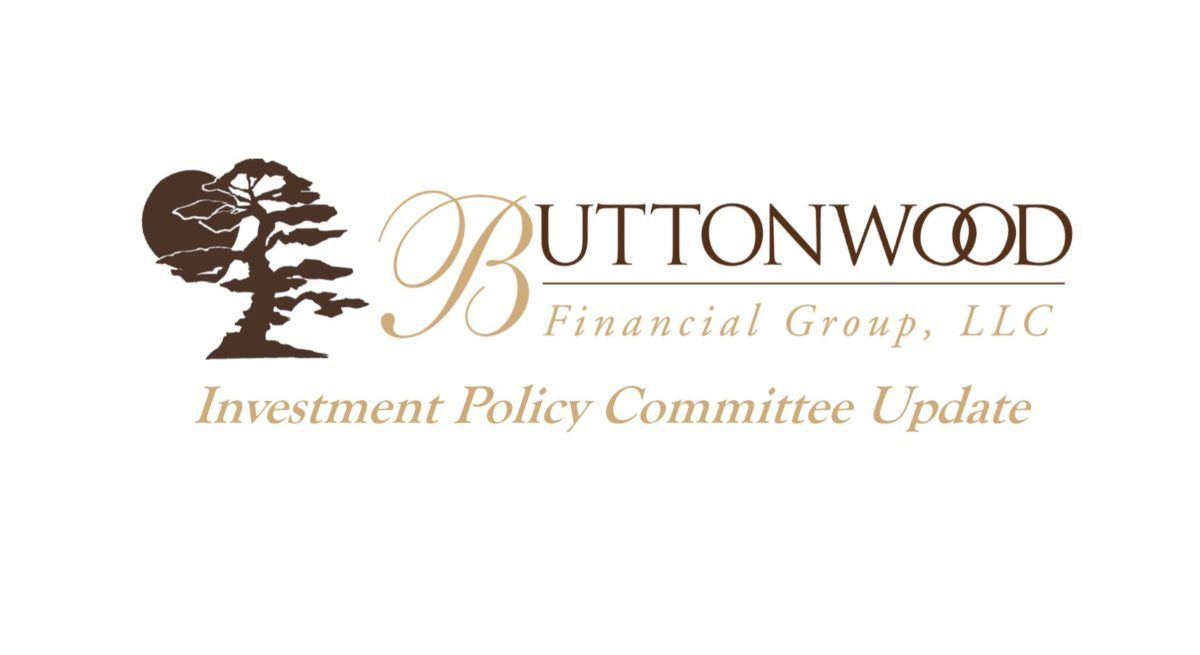Investment Policy Committee Update - April 2025
April 8, 2025
As the last few weeks have shown, fear and optimism can have outsized impacts on market conditions. The unprecedented Wednesday morning selloff, followed by a rally not seen since
2008, has many investors uneasy. However, despite all the noise, we remain disciplined in our investment approach and continue to implement strategies designed to provide a more consistent rate of return over time.
Our Take on Tariffs
It seems likely that baseline tariffs on nearly all US imports are expected to remain, with higher country-specific rates potentially used to negotiate leverage. Despite ongoing and likely continued volatility, along with an increase in recession risk, the likelihood of a full-blown trade war seems limited. The recent market correction likely reflects much of the perceived negative impact on growth and earnings. With more clarity on potential overall tariff ceilings and early signs of less severe retaliatory tariff escalations, the recent market turmoil may represent the peak of trade policy uncertainty.
Market reactions suggest a significant increase in recession odds, but we believe the risk is less extreme than what the early days of April may be predicting. Early concerns are likely to lead to a one-time effect rather than a reflection of deep-seated economic issues. At this time, we see no immediate red flags indicating serious recession catalysts such as overinvestment, deleveraging, or a banking crisis. So far, strong consumer spending data contradicts weakening sentiment surveys.
What We Are Doing and Expect
We continue to monitor credit card spending, job postings, weekly jobless claims and much more to assess the risks. Thinking about this data, we are cautious about jumping to conclusions on inflation impacts. We expect price hikes to be a one-time pass-through, implemented quickly (within six months). Inflation forecasts remain anchored, with 5 and 10-year break-even expectations moving lower post-tariff announcements. Legal challenges may also slow tariff implementation, as they were enacted under the International Emergency Economic Powers Act (IEEPA), raising questions about the law's use for such sweeping actions by executive order.
In Summary
Worldwide, we expect tariff concessions to exceed tariff retaliation in part due to the American consumer accounting for around 1/3 of global consumption. In English, they need our consumer spending, more than we need theirs. Before the Tariff announcement, the general thought was the Administration would impose tariff rates between 8.5% to 10%. The announcement was different than expected; a ‘surprise.’ This brought the consensus tariff rate closer to an average of 25%. And as markets do, both stock and bond markets reacted to a change in expectations by adjusting accordingly. Looking forward, we believe the ultimate effective tariff rate will be in the 10-15% range, potentially serving as an eventual tailwind to markets.
We will continue to provide these ongoing updates on our views and investment positioning through posts like this, and as we meet with you. If you have questions about our strategy, please let us know and we can review details at our next meeting. While we don’t recommend fixating on short-term market fluctuations, if you would like to check specific investment performance across all your accounts, our online Orion Portal is available 24/7.
Thank you for your continued trust and allowing us to coordinate your asset management as part of our Family CFO services!
Recent Buttonwood Articles

Are you ready to explore the benefits of your very own Family CFO?




